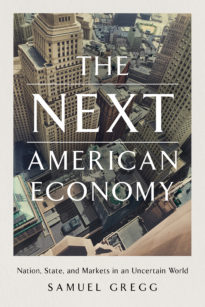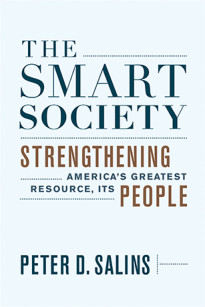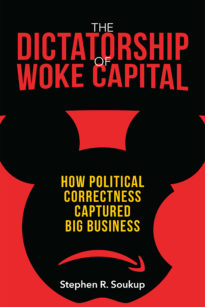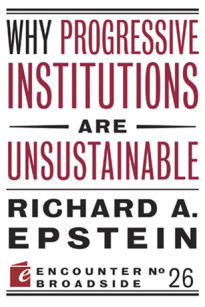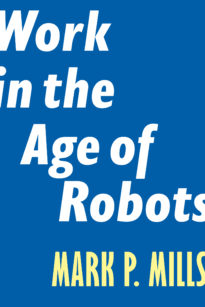Are robots finally replacing humans? Does the emerging age of artificial intelligence and automation mean we will soon see “peak jobs” and the need for a Universal Basic Income to support a widening swath of hapless citizens unsuited for employment in a future “knowledge” workforce? Productivity—reducing labor-hours per unit of product or service—has been the hallmark of progress for centuries. But this time we’re being told it’s different because digital machines will be so good at performing both blue-collar skills and low-knowledge white-collar work. History and the realities of the underlying technologies, however, suggest the opposite. While automation, artificial intelligence and robots will certainly cause disruptions, it will also increase productivity and lead to more jobs.
Free shipping on all orders over $40
Work in the Age of Robots
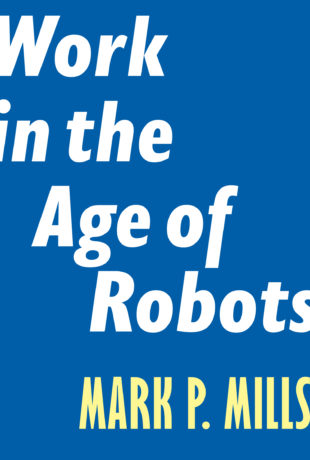
$7.99
Also Purchase as e-Book
Publication Details
Paperback / 80 pages
ISBN: 9781641770279
AVAILABLE: 5/15/2018
- Media: Request a Review Copy
- Academia: Request an Exam Copy
Work in the Age of Robots
About the Author
Mark P. Mills, a physicist, is a Manhattan Institute senior fellow, a faculty fellow at Northwestern University, and partner in Montrose Lane, an energy-tech venture fund. He is author of Digital Cathedrals (2020) and Work in the Age of Robots (2018), and he is the co-author of The Bottomless Well (2006).
Related Titles
×



